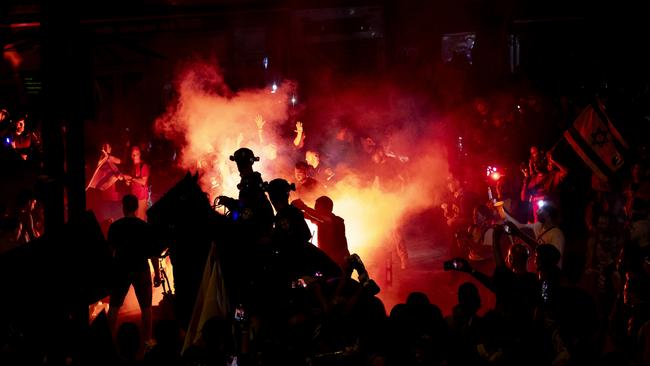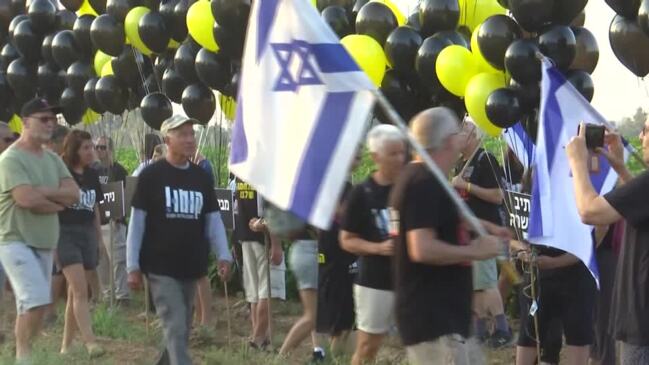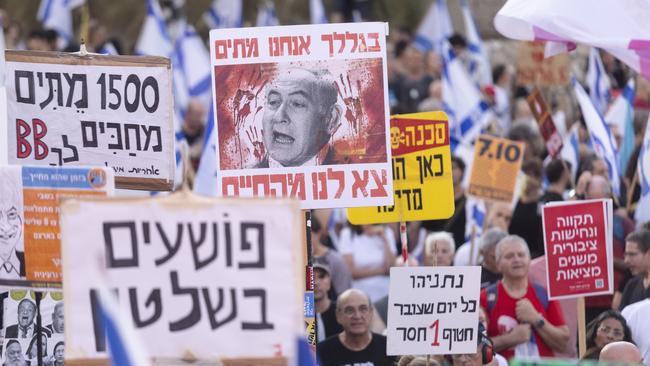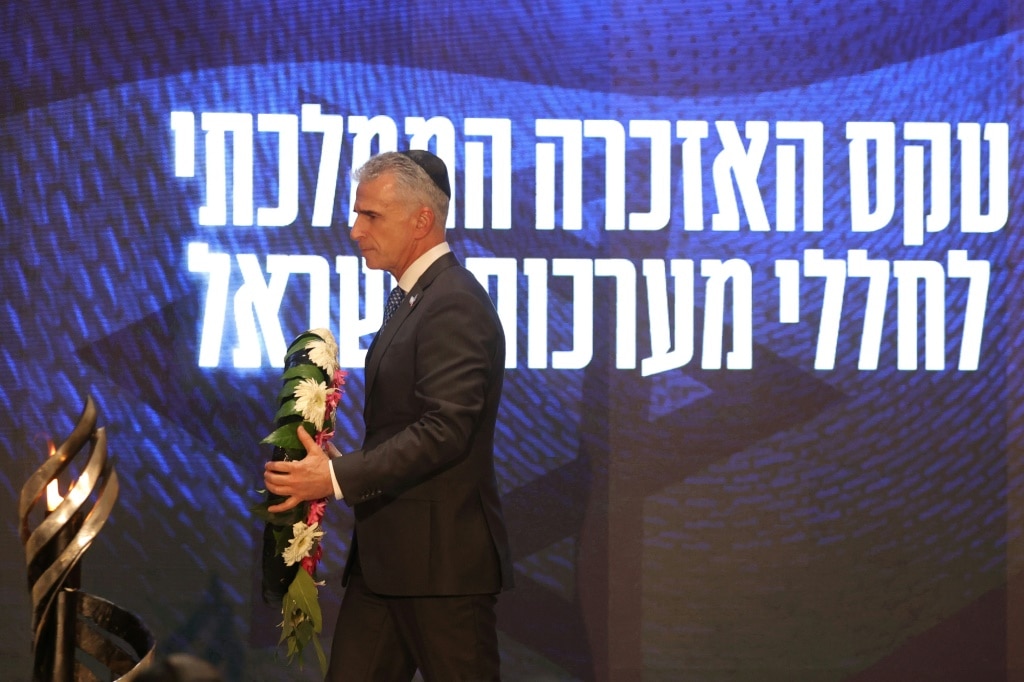
Two hundred missiles and 20 drones were launched at Israel’s north, according to a statement issued by the Iranian proxy Shia Islamist group. The barrage came hours earlier in response to Israel’s killing of a senior Hezbollah commander, Mohammed Nasser.
Nasser – who commanded the organisation’s forces in the western sector of the Israel-Lebanon border areas – is the latest in a string of senior Hezbollah operational commanders to have been targeted and eliminated by Israel in recent weeks.
Israel’s successful location and removal of a number of senior Hezbollah figures, as well as a much larger array of rank-and-file fighters of the organisation in recent months, is testimony to the precision and depth of the Jewish state’s intelligence coverage of southern Lebanon.
About 350 of the movement’s fighters have been killed since it began its attacks on Israel on October 8, 2023. On the Israeli side, 15 IDF soldiers and 10 civilians have been killed.
The lopsided butchers’ bill might indicate that Israel has the upper hand in the confrontation. But widen the lens and the picture changes.

Israel’s border area has been emptied out as a result of the war. More than 60,000 Israelis have left their homes, to become refugees in their own country.
Hezbollah has succeeded, through its daily launching of rockets, drones and missiles, in turning the entire border area to a depth of around 5km into a zone in which only the security forces are present.
An even larger number of Lebanese residents on the other side of the border, around 90,000 people, have also departed their homes. Targeted killings are not going to change this situation.
Hezbollah, backed by its Iranian patron, has made clear it does not seek a full-blown war with Israel. Sheik Naim Qassem, Hezbollah’s deputy leader and chief ideologue, clarified this point this week in an interview with Associated Press: “If there is a ceasefire in Gaza, we will stop without any discussion.”
From Iran’s point of view, the strategy of slowly building up proxy forces in neighbouring countries is working very well. It has brought Tehran ownership of Lebanon, domination of Iraq and a large part of Yemen, freedom of action in Syria and effective ownership of the Palestinian war against Israel.
Alongside this, Iran’s nuclear project is proceeding apace. Tehran is now just weeks away from possessing sufficient enriched uranium to build a nuclear device. All-out war would refocus global attention on Iran’s regional and nuclear projects, at a time when they are not quite sufficiently advanced to face a determined challenge.

Naim Qassem and others therefore make clear that their support for Hamas will end as soon as the shooting in Gaza stops.
The dilemma facing Israeli decision-makers as a result is two-fold. First, while major operations in the Gaza Strip may end soon, a ceasefire seems distant, and Israel looks set to continue with pinpointed actions against Hamas in Gaza.
The Hamas regime in Gaza has not been destroyed, which means for the foreseeable future the movement will remain the de facto governing power. Israel looks set to revert back to what PM Benjamin Netanyahu referred to in a recent speech as “mowing the lawn”.
Hezbollah is unlikely to find that a lowering of intensity in Gaza constitutes sufficient grounds for declaring its own ceasefire. This means the current situation in the north, including the historically unprecedented emptying out of Israel’s border communities, looks set to continue.

Can Israel accept this? If it does so, the implications for its deterrent capacity and perceived strength will be grave.
The second dilemma is that even if Hezbollah were to agree to a ceasefire, what it is offering is a return to the status quo ante bellum. What this means is de facto Hezbollah domination of the area south of the Litani River and adjoining the border with Israel.
After the massacres of October 7, would inhabitants of Israeli border communities be willing to return to their homes to live in some cases literally a few metres away from areas controlled and patrolled by Hezbollah?
All this might point to a need for an Israeli operation to unblock the situation. This is what Defence Minister Yoav Gallant has been advocating since shortly after October 7.

It hasn’t happened because of strong US objections, and Netanyahu’s concurrence with these. But question marks also remain over any such action. How would Israel prevent Hezbollah’s return to the border area after the incursion was completed? Would a new buffer zone be needed north of the border? Can Israel’s military, tired and depleted after nine months fighting in Gaza, and its fractious and divided civil society really now enter a new, potentially far larger-scale conflict?
So Israel’s ongoing tactical achievements against Hezbollah are far from adding up to a strategic breakthrough. Rather, the strategic initiative remains with Iran and its proxies. Ultimately, this is because through the long years of complacency between 2006 and October 2023, Israel allowed Iran to build up two Islamist armies on its borders.
In the period opening up, the stark choice facing Israel is whether to act decisively now to destroy these forces or to acquiesce to their continued existence, and to their continued efforts to bleed Israel to death.
The continued and long-term viability of the state of Israel may well depend on its capacity to take the former decision and effectively carry it through.
Jonathan Spyer is director of research at the Middle East Forum. He is the author of Days of the Fall: A Reporter’s Journey in the Syria and Iraq Wars.








The Lebanese Hezbollah organisation has in recent days carried out the largest drone and missile attacks on northern Israel since the latest round of hostilities commenced on October 8.